Where is Sumela Monastery (Virgin Mary) Monastery?
Sümela Monastery, which was built on a steep cliff on the outskirts of Karadağ which overlooks the Altındere valley, within the boundaries of Altındere Village of Maçka District of Trabzon, is known as the “Virgin Mary” among the people. The building, which is located at an altitude of about 300 meters from the valley, continued the tradition of establishing monasteries outside the city, in forests, caves and watersides.
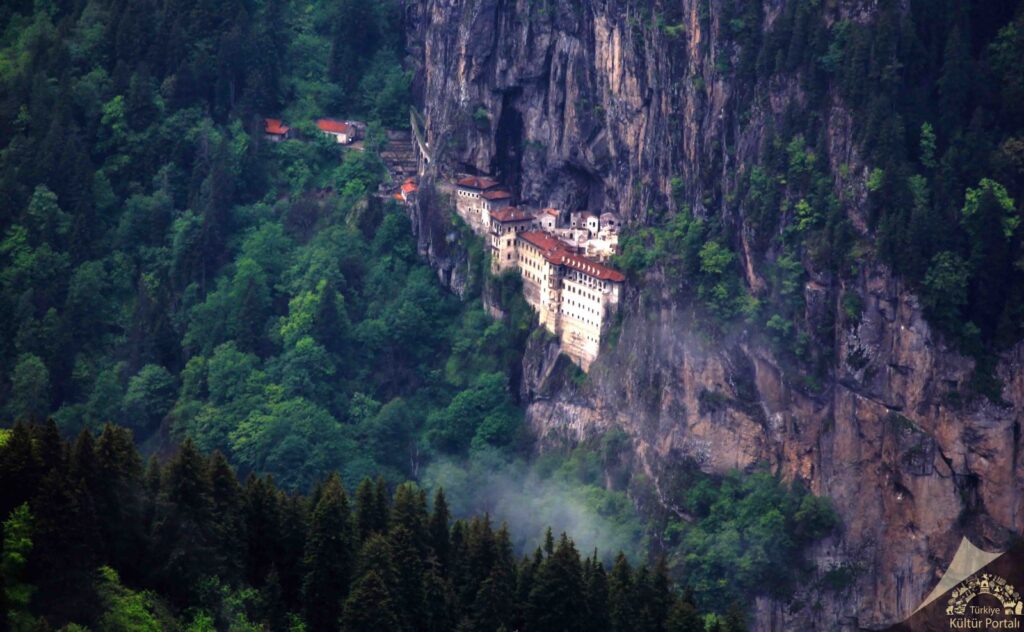
Sumela Monastery
It is said that the monastery, which was founded in the name of the Virgin Mary, got its name “Sumela” from the word “molasses” meaning “black”. Although it is thought that this name comes from the dark-colored Montenegro where the monastery was founded, the word Sümela can be attributed to the black color of the Virgin Mary here.
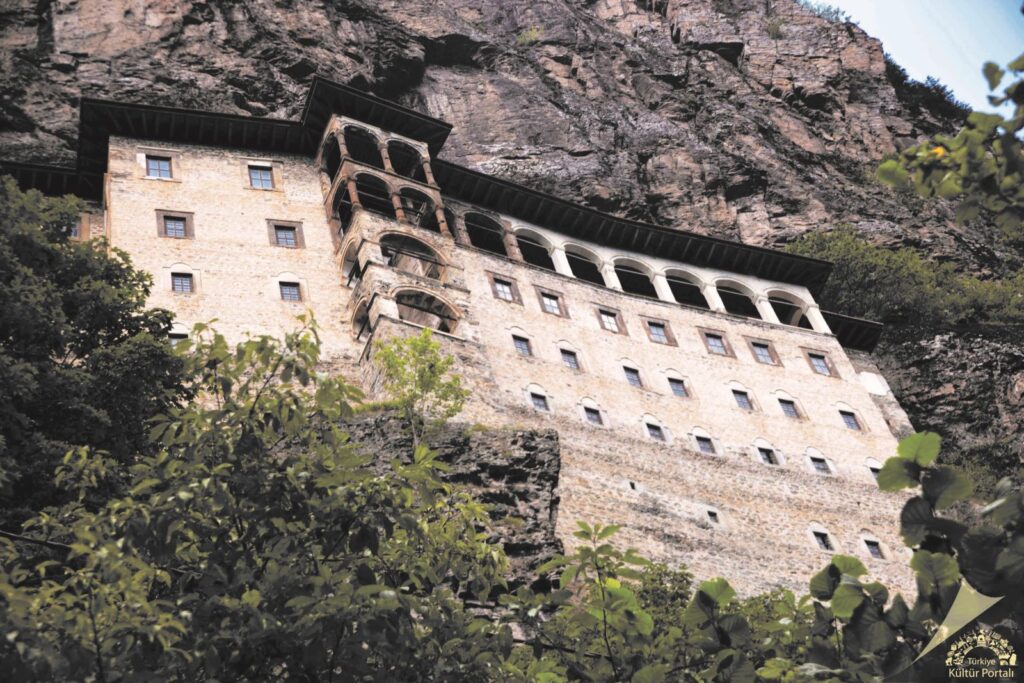
Sumela Monastery
History
According to rumors, the monastery, which was founded by two monks, Barnabas and Sophranios, who came from Athens during the reign of Byzantine Emperor Theodosius I (375-395), was repaired by Belisarios, one of his generals, in the 6th century when Emperor Justinian requested that the monastery be repaired and expanded.
It is known that the Sumela Monastery has continued its existence in its current state since the 13th century. From the Principality of Trabzon Komnenos, which was founded in 1204, III. During the reign of Alexios (1349-1390), the importance of the monastery increased and income was provided by edicts. III. Son of Alexios III. During the reign of Manuel and later princes, Sümela was enriched with new edicts.
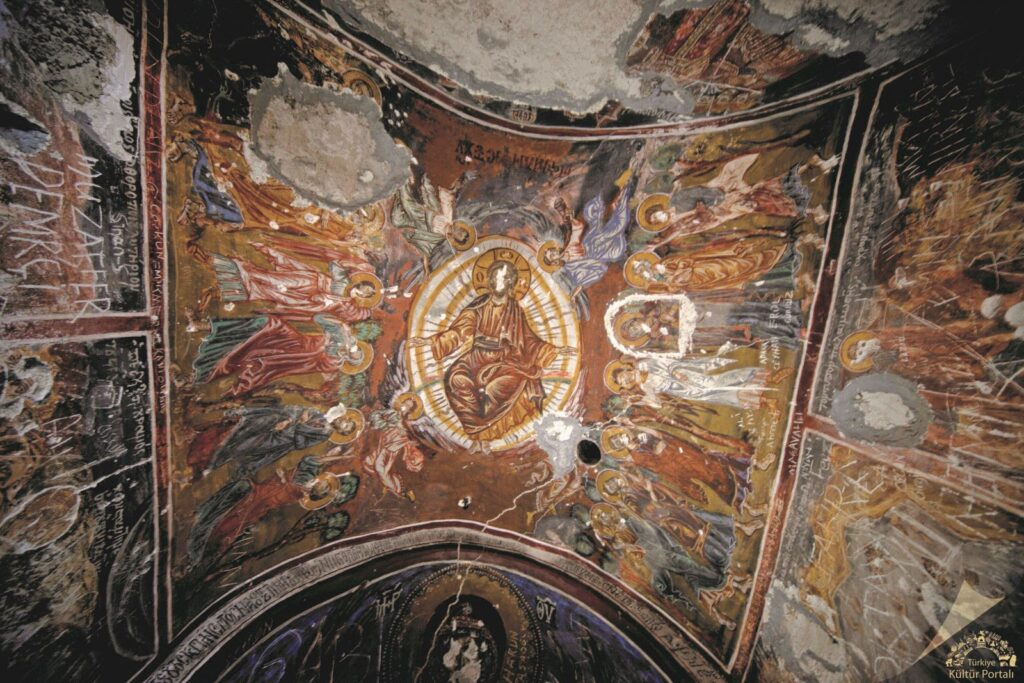
History of Sumela Monastery
Following the Turkish domination of the eastern Black Sea coast, the Ottoman Sultans protected the rights of Sumela, as in many monasteries, and gave some privileges.
Many parts of the Sumela Monastery were renovated in the 18th century, and some of the walls were decorated with frescoes. With the addition of large buildings in the 19th century, the monastery gained a magnificent appearance and lived its richest and brightest period.
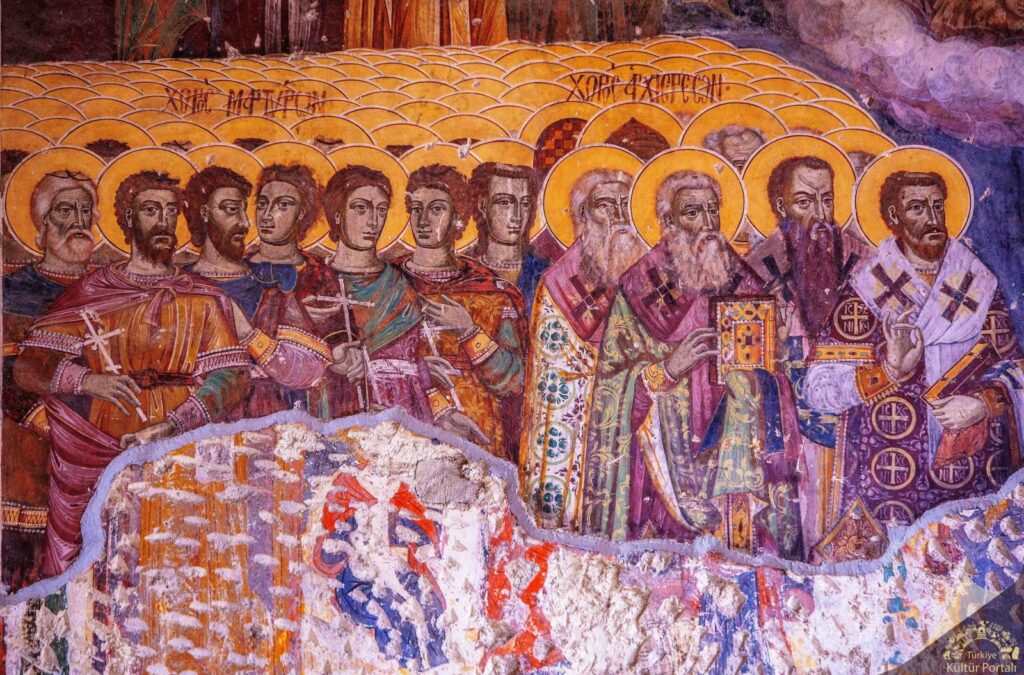
Sumela Monastery
The monastery, which took its final shape in this period, became a place visited by many foreign travelers and the subject of their writings. During the Russian occupation of Trabzon between 1916-1918, the monastery was confiscated, and after 1923 it was completely evacuated.
The main sections of the Sumela Monastery are; The main rock church, several chapels, kitchen, student rooms, guesthouse, library and holy holy spring. This group of buildings was built on a very large area. The large aqueduct, which seems to bring water at the entrance of the monastery, is leaning against the slope. Most of this arch, which has many eyes, has been demolished today.
The main entrance of the monastery is reached by a long narrow staircase. There are guard rooms next to the entrance door. From here, a staircase leads down to the inner courtyard. On the left, in front of the cave, which forms the basis of the monastery and was converted into a church, there are various monastery buildings. The library is on the right. Again on the right, the large balcony covering the front of the slope was used as monk’s rooms and guest rooms and is dated to 1860. In the buildings around the courtyard, the effects of Turkish art can also be seen with the cabinets, cells, hearths in the rooms.
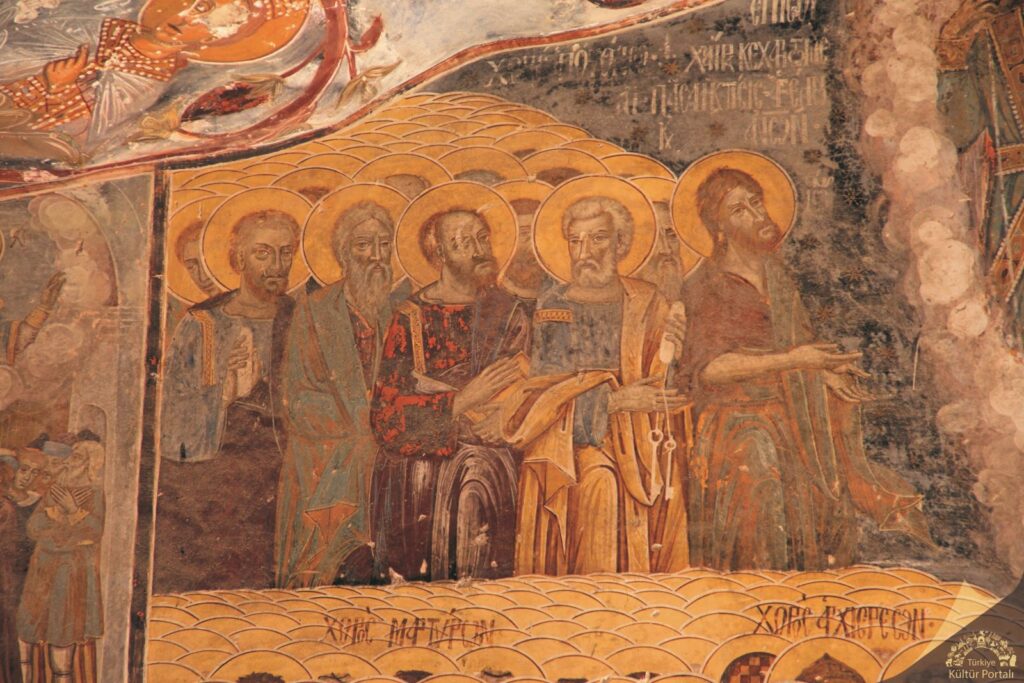
Sumela Monastery
The inner and outer walls of the rock church, which forms the main unit of the monastery, and the chapel adjacent to it, are decorated with frescoes. On the wall facing the courtyard inside the rock church, III. The existence of frescoes belonging to the Alexios period has been determined. The frescoes in the chapel are dated to the beginning of the 18th century and there are three layers made in three different periods. The frescoes of the lowest layer are of superior quality.
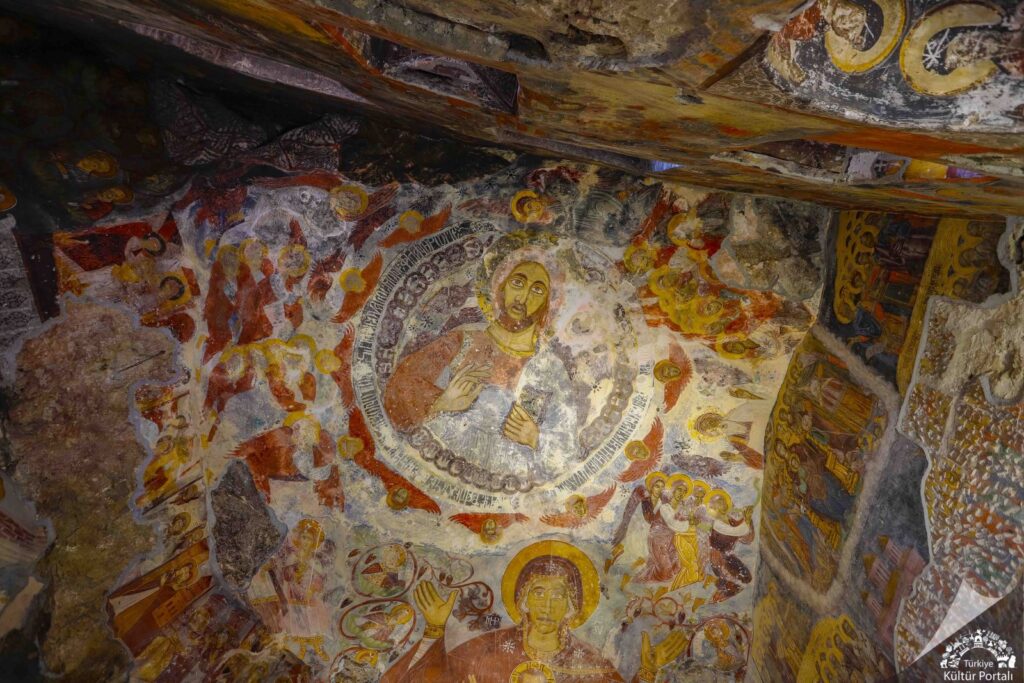
Sumela Monastery
